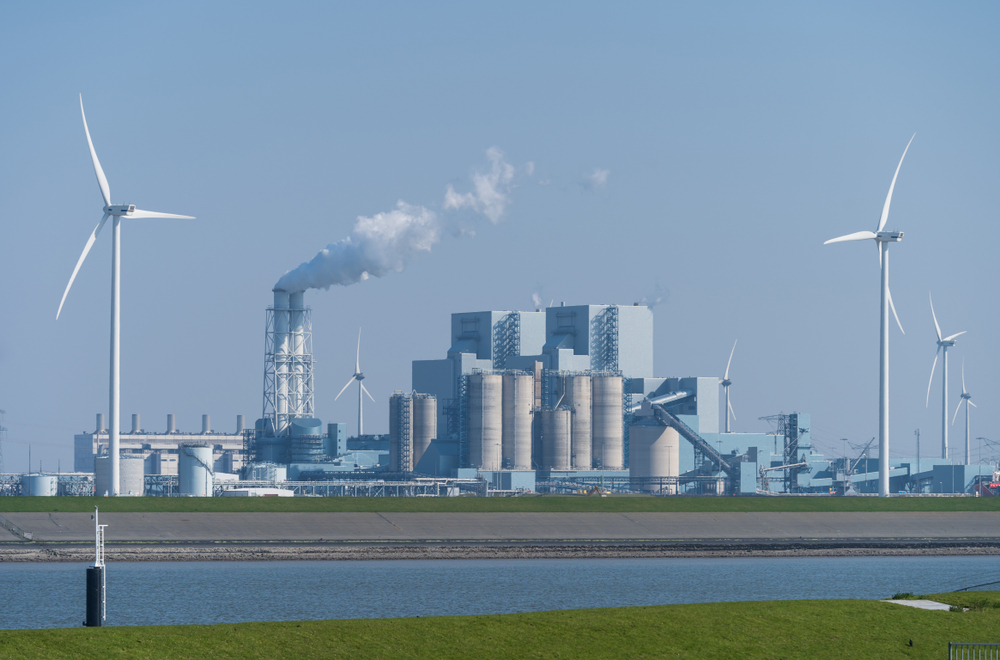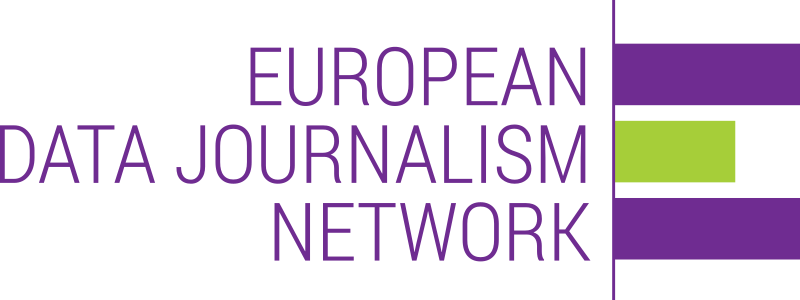The diverse picture of energy in Europe
Europe aims to obtain 42.5% of its energy from renewable sources by 2030, but there is still a long way to go. While oil dominates the national energy mix, very different territorial realities are emerging, with rural areas ready for the ecological transition

© Sander van der Werf/Shutterstock
To tackle the long road to ecological transition, the EU has chosen to step on the accelerator, at least on paper. By 2030, member states should obtain at least 42.5% of their energy from renewable sources, in a succession of stages towards decarbonisation that should lead to climate neutrality by 2050. Today, however, in most countries the situation is very different. Among the most used sources, the primacy is still firmly held by oil, while renewables reach variable percentages across the continent, but without ever exceeding 28% of overall demand. Among the uses of energy, energy transformation processes dominate, followed by industry and transport. To guide energy dynamics towards renewable sources – always, to some extent, decentralised – it is necessary to know production and consumption at a territorial level. As it turns out, many rural areas already meet their needs with renewable sources, and many could also provide clean energy to urban and industrialised areas, which are energy-hungry and tend to be more dependent on fossil fuels.
Energy demand among European countries
Knowing the current energy landscape provides a crucial context for the potential transformation on the path to renewables. To explore it, we analysed data made available by various official sources and elaborated them in the context of the European Data Journalism Network (EDJNet) project. This allowed us to draw a detailed picture of the energy situation in Europe, with particular focus on territorial disparities and the potential for the development of renewable energy. The complete data and the methodology used are available here.
A recent study by the Joint Research Centre (JRC) of the European Commission attempted to estimate the demand for energy products and how they were employed in 2019 (the last year available with reliable data as 2020 and 2021, due to the Coronavirus pandemic, saw a decrease in energy demand due to the reduction in human activities).
It is not surprising that, in absolute terms, the countries with the highest energy demand are the largest and most industrialised: first is Germany, with just over 504,000 toe (tons of oil equivalent), followed by France with 375,000, Italy (314,000) and Spain (243,000).
Sectors of use
If we look at the sectors in which energy is used, the data appear more uniform. In all European countries, with the exception of Luxembourg, transformation processes prevail, i.e. those that transform energy obtained from other sources, especially fossil fuels, into electricity. In many countries (first of all Greece with 72%), this sector alone exceeds 50% of total demand. Follow, with varying incidence, the industrial production sector, the transport sector and the category of “other uses” – which includes the energy consumed by public and commercial services, agriculture, domestic users, and in general by private citizens. Then there are non-energy uses, which include petrochemical products, bitumen, paints and so on.
Looking at the totals of energy demand by European region, we note how the demand per inhabitant is very variable, with peaks in cold Scandinavia and the Netherlands, but also in other areas where energy-intensive economic sectors prevail.
Energy sources
In terms of prevalent energy sources across EU countries, not surprisingly oil almost always prevails, beyond some specificities related to the energy demand of small countries such as Estonia or Malta, which have an energy mix that differs from the norm of other countries. Renewable energy varies from 4% in Belgium to 28% in Latvia, with no country even managing to get close to the 42.5% target.
The JRC study shows which type of energy source has had the highest demand compared to others in the EU with a detail of one square kilometre. In this case, the picture becomes much more varied. If at a national level fossil fuels almost always prevail – with a clear prevalence of oil in Spain and Ireland and a decisive contribution from gas in many central countries, within countries the picture becomes much more complex. In much of the surface area of countries such as Austria, Slovenia and Croatia, there is a predominance of renewable sources. The case of Poland is striking, which has a high demand for fossil fuels in urban and industrial centres, but sees renewables prevail outside of them. In Scandinavian countries, on the other hand, there is a strong component of energy derived from heat, such as geothermal.
While, on the one hand, the picture that emerges is that of a Europe still closely tied to fossil fuels, on the other hand a complex, more diverse reality can be glimpsed. In large areas far from large urban centres and the most industrialised areas, energy demand is decidedly low. In many of these sparsely populated areas, the ideal conditions exist to produce much more renewable energy, enough not only to meet needs on a local scale, but also to sell significant quantities to the most energy-intensive areas.
However, to take advantage of this potential and thus transform the current system into a sustainable and efficient model, in line with the ambitious European climate targets, coordinated action between governments, industry and citizens is needed.
